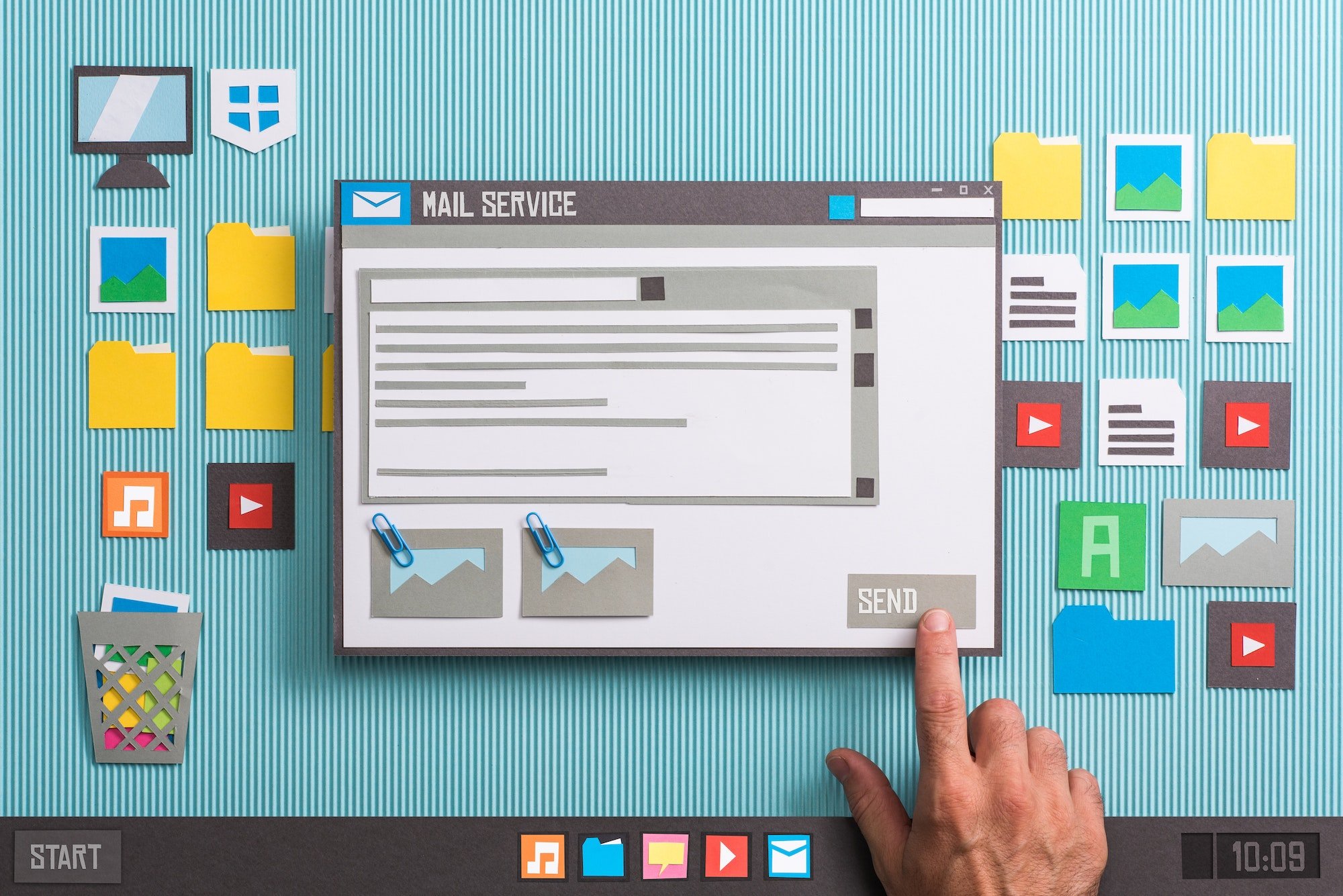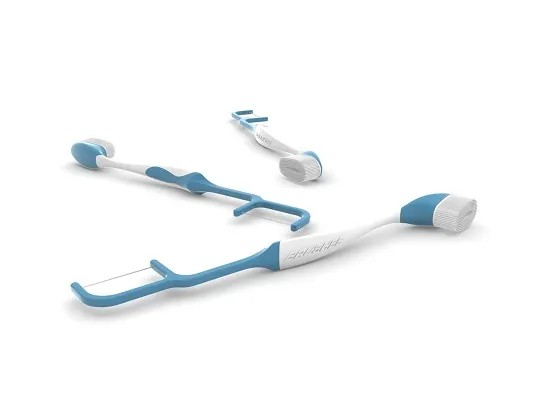All right, so let’s talk about email marketing for your dental practice. If you have an email list of patients, this is one of the biggest yet often overlooked opportunities to help you serve more people and help you grow your practice. So let’s have a look at how this works.
I want to talk with you about email because email is a huge opportunity that I think is just way overlooked. Indeed, email deliverability is down, and a lot of stuff goes to spam, junk mail, and the promotions tab at gmail; there are a lot of deliverability issues, plus everyone’s inboxes are swarmed with emails. So you might be thinking to yourself, well, how do I make sense of email? Is it even worthwhile? Is it a waste of time?
I can promise you it’s not a waste of time. The worst type of email marketing is an email that is never sent. In this article, I want to give you a better understanding of how email works and how to make the most of it, and I also want to share with you an example of a successful email structure.
When you send an email, four things can happen. First, when you send an email, some people are not going to open it, so we’ll call these open unopened; some people will open it, and some will click, assuming there is a link inside that has a call to action.
Now there’s also a little subgroup we’ll call unsubscribes never email me again; I don’t like receiving emails, but who cares about those people because they’re not going to work with you anyways.
When you send, let’s say, 1,000 people an email, not all 1,000 people are going to open the email because, well… welcome to the real world, that’s not how it works. What’s going to happen is most people don’t open the email. As a matter of fact, if 20 people out of that 1000 open and read your email, you can call that campaign a success!

As a dentist, you have a unique opportunity to connect with your patients through email marketing. By building an email list of patients, you can serve more people and help your practice grow. However, it is important to remember that the content you send to your email list should be more about connecting with your patients as individuals rather than just providing them with information about oral health.
It is important to share more of what you believe and less of what you know. To reduce toothaches, people don’t need 101 ways to use coconut oil or the top three tips for brushing their teeth. What they want is to connect with you as a person. Share stories and be relatable. Remember, the right people won’t get annoyed by the helpful content that you provide.
Regarding the frequency of your emails, it is best to send them once a week at most. This will help keep you present in your patients’ minds and build a relationship with them between visits. Additionally, it is important to be helpful and provide value to your patients through your emails.
One possible framework for your emails is the weekly updates. This is a once-a-week email newsletter you can send to your audience. The weekly update should include an icebreaker, a feature article, a testimonial, and a call to action. The icebreaker is an opening sentence that helps to grab the reader’s attention. The feature article is a helpful piece of content that provides value to the reader about dental health. The testimonial is a quote or review from a satisfied patient, and the call to action prompts the reader to schedule an appointment or visit your website.
In summary, email marketing can be a powerful tool for dentists to connect with their patients and grow their practice. However, it is important to remember that the content you send should be more about connecting with your patients as individuals rather than just providing them with information about dental health. By sending helpful and valuable content on a regular basis, you can build a relationship with your patients and stay top of mind.



